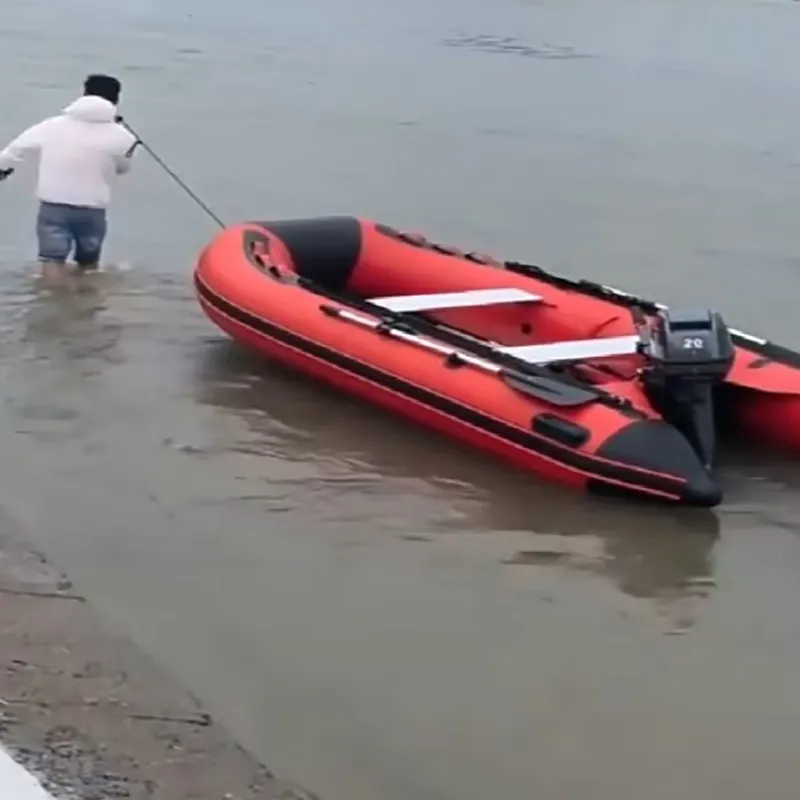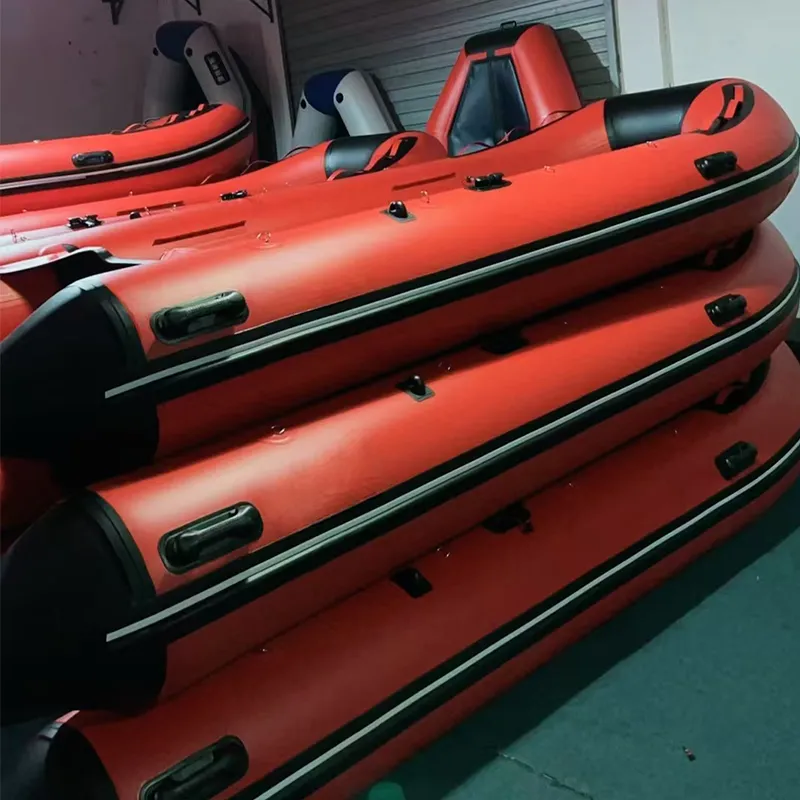

Safety is paramount in wildland firefighting, and no toolkit is complete without reliable personal protective equipment (PPE). Helmets, gloves, and Nomex fire-resistant clothing are essential, each crafted to withstand high temperatures and debris. The continuous evolution of PPE technology underscores its importance in safeguarding against the unpredictable nature of wildfires, reinforcing trust in these life-saving products. Fire shelters are another critical component, offering protection when fire conditions dramatically change. Their design, often a result of rigorous testing and field experience, demonstrates an authoritative approach to firefighter safety, providing peace of mind in dire circumstances. The communication devices used in wildland firefighting also deserve a spotlight. Two-way radios, equipped with advanced frequency capabilities, ensure seamless coordination among crews. Expertise in using these devices to maintain clear communication can often be the difference between chaos and a controlled operation. Their reliability and ability to function in remote areas solidify their necessity in the field. Finally, the role of water delivery systems cannot be understated. Backpack pumps and portable water tanks provide mobility and flexibility, enabling firefighters to tackle flames in inaccessible areas. Innovations in these systems continue to improve efficiency and portability, indicating an authoritative grasp of what frontline responders need. In sum, wildland firefighting tools have evolved through a deep understanding of the unique challenges encountered in the field. Each tool, borne out of experience and honed by expertise, serves a specific purpose that collectively forms a robust response to the unpredictable menace of wildfires. The ongoing commitment to improving these tools speaks to their trusted status among those who brave the blaze.





























